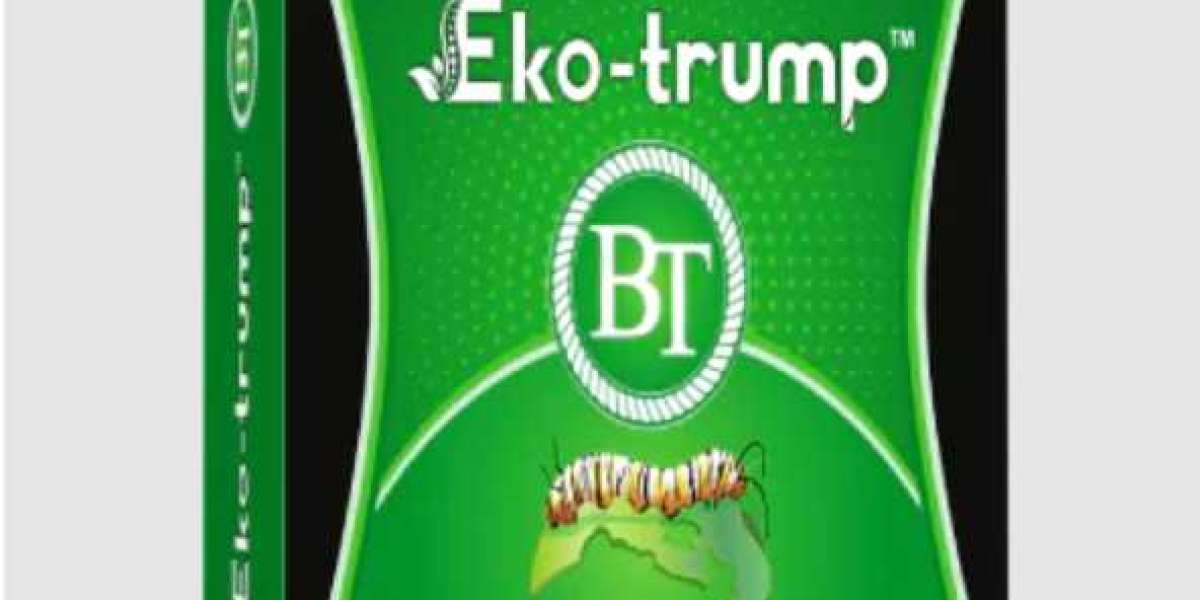Herbicides are essential tools in modern agriculture for controlling weeds, managing vegetation, and maintaining crop productivity. Proper timing of herbicide application is critical to maximizing effectiveness while minimizing adverse effects on crops and the environment. This article explores the importance of timing in herbicide use, factors influencing application timing decisions, and the benefits of strategic herbicide application in agriculture.
1. Pre-Emergence Herbicide Application:
Pre-emergence herbicide application involves treating the soil or crop before weed seeds germinate or emerge from the soil. This timing is advantageous as it prevents weed establishment and competition with crops from the outset. Pre-emergence herbicides create a barrier in the soil that inhibits weed seedling emergence, providing early-season weed control and reducing the need for post-emergence treatments. Farmers typically apply pre-emergence herbicides shortly before or immediately after planting crops to ensure optimal weed suppression and crop establishment.
2. Post-Emergence Herbicide Application:
Post-emergence herbicide application targets weeds that have already emerged from the soil and are actively growing. This timing allows for targeted weed control while minimizing the risk of crop injury. Post-emergence herbicides are applied when weeds are at susceptible growth stages, typically during the early stages of weed development. Timing post-emergence applications based on weed size, growth stage, and environmental conditions is critical to achieving effective control and maximizing herbicide efficacy. Farmers may use selective post-emergence herbicides that target specific weed species while minimizing harm to crops, or non-selective herbicides for broad-spectrum weed control.
3. Herbicide Timing Based on Weed Life Cycles:
Understanding the life cycles of target weed species is essential for determining the optimal timing of herbicide application. Annual weeds, which complete their life cycle within a single growing season, are often targeted with pre-emergence herbicides to prevent seed germination and establishment. Perennial weeds, which persist from year to year and reproduce through rhizomes, tubers, or root systems, may require multiple herbicide applications throughout the growing season to effectively control growth and prevent regrowth. Timing herbicide applications to coincide with critical growth stages of target weed species, such as emergence, flowering, or seed set, can enhance control efficacy and reduce weed seed bank replenishment.
4. Environmental Considerations:
Environmental factors such as temperature, humidity, rainfall, and soil moisture influence the timing of herbicide application and subsequent efficacy. Herbicides are most effective when applied under optimal environmental conditions that promote herbicide absorption, translocation, and activity within target weeds.
Application during periods of active weed growth, favorable weather conditions, and minimal risk of off-target movement can maximize herbicide effectiveness while minimizing environmental risks. Additionally, farmers must consider factors such as wind speed and direction, temperature inversions, and proximity to sensitive areas when timing herbicide applications to minimize drift and off-target movement.
5. Integration with Crop Management Practices:
Integrating herbicide application timing with other crop management practices such as planting, cultivation, and irrigation is essential for optimizing weed control and crop yield potential. Farmers may coordinate herbicide application with crop growth stages, weed emergence patterns, and cultural practices to maximize weed suppression while minimizing crop injury and interference. Timely herbicide application in conjunction with crop rotation, cover cropping, and mulching can help manage weed populations sustainably and reduce reliance on herbicides over time.
6. Flexibility and Adaptability:
Flexibility in herbicide application timing allows farmers to adapt to changing weed pressure, environmental conditions, and cropping systems. Integrated weed management approaches emphasize the use of multiple tactics, including herbicides, to control weeds effectively while minimizing resistance development and environmental impacts. Farmers may adjust herbicide application timing based on real-time observations of weed populations, weather forecasts, and crop conditions to optimize weed control outcomes and crop performance.
Conclusion: Learn about Metsulfuron herbicide, metsulfuron methyl herbicide and others
Effective timing of herbicide application is crucial for maximizing weed control efficacy, minimizing crop injury, and promoting sustainable agriculture. By understanding the life cycles of target weed species, environmental influences, and integration with crop management practices, farmers can make informed decisions about when and how to apply herbicides for optimal results. Strategic herbicide application timing, combined with integrated weed management approaches, enables farmers to manage weeds effectively, protect crop yields, and sustainably maintain agricultural productivity. Moving forward, continued research, education, and innovation in herbicide timing and application techniques are essential for enhancing weed management practices and promoting environmental stewardship in agriculture. To know more about herbicides, or in specific, metsulfuron herbicide, metsulfuron methyl herbicide etc., please visit the website.








